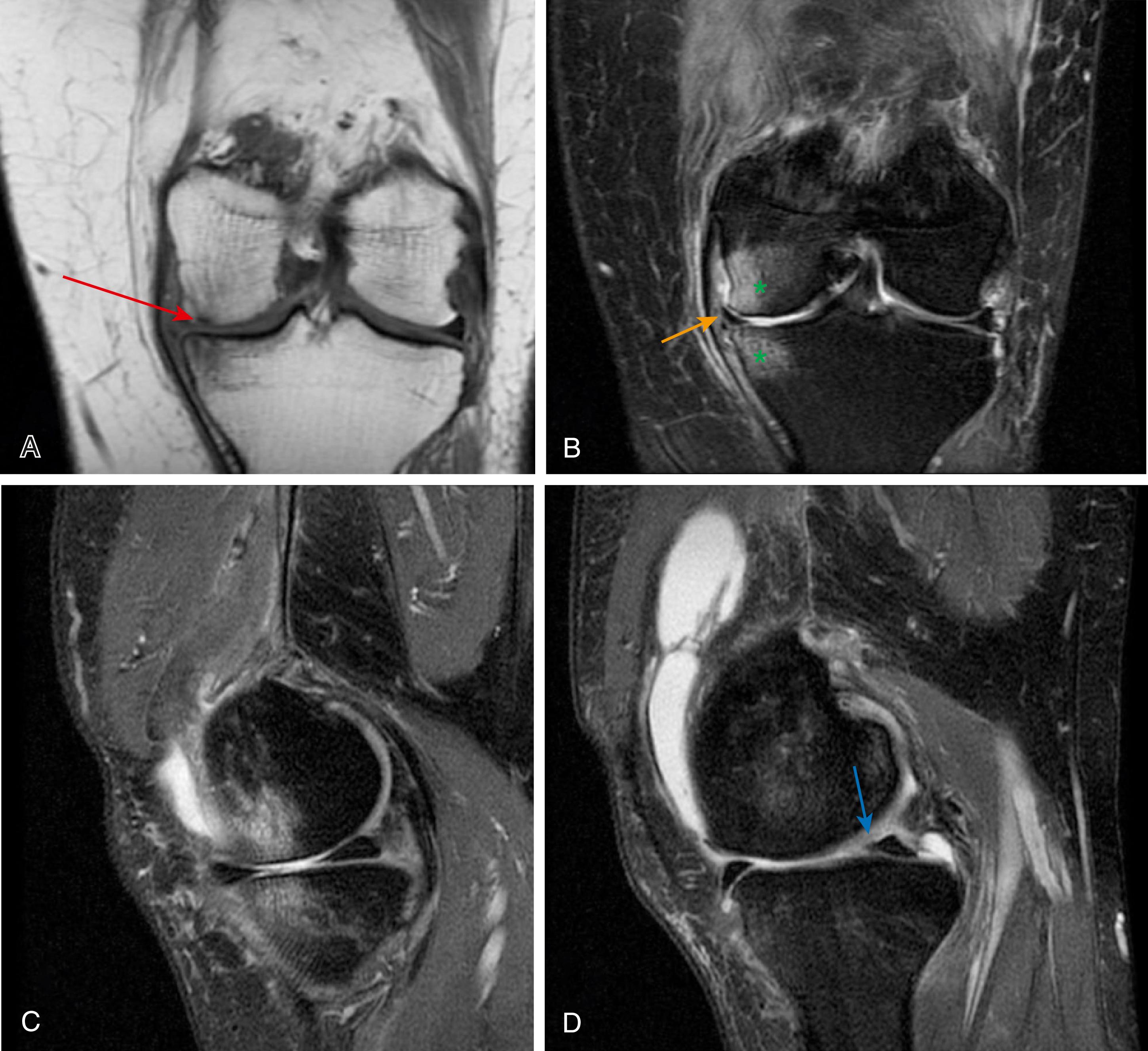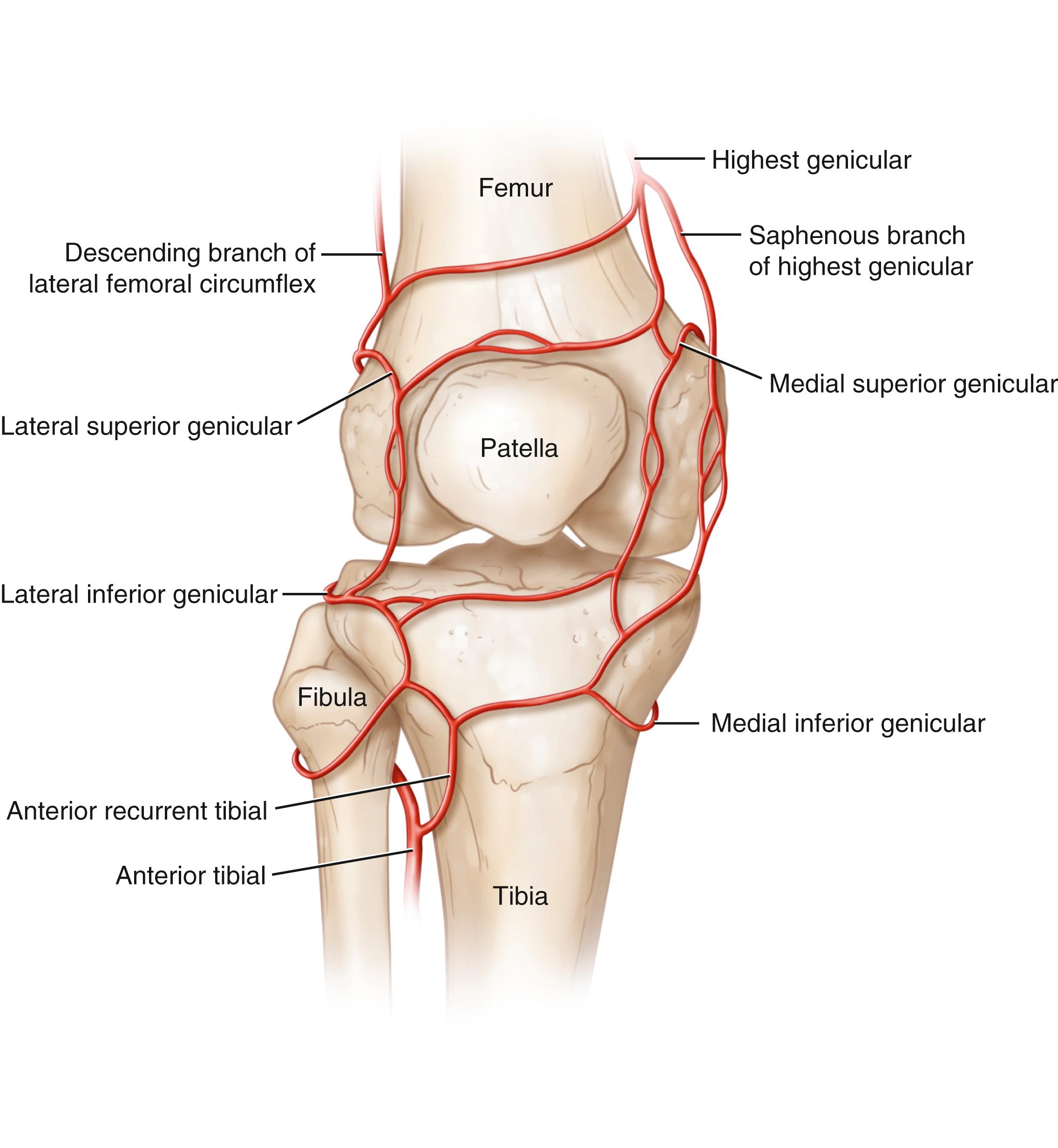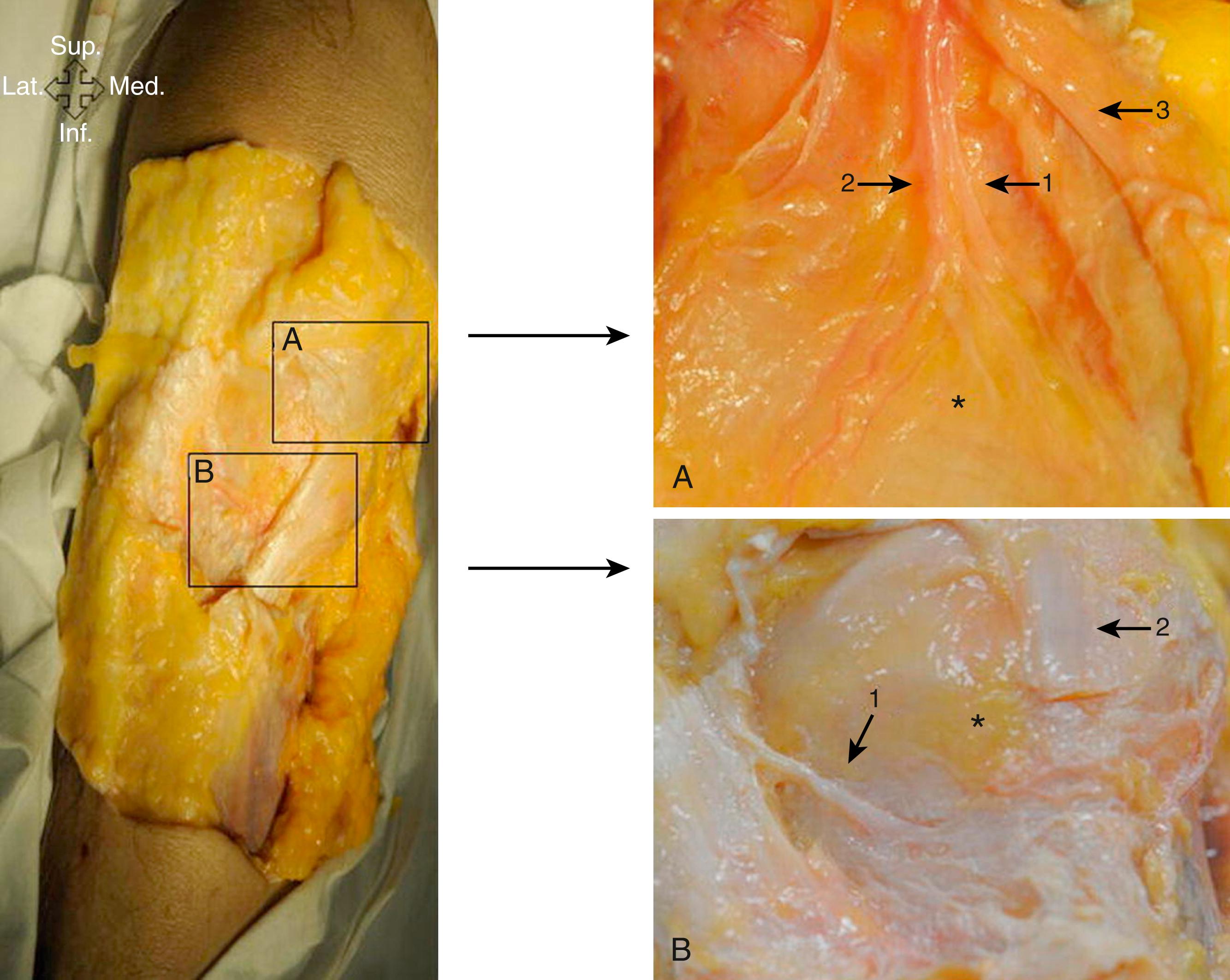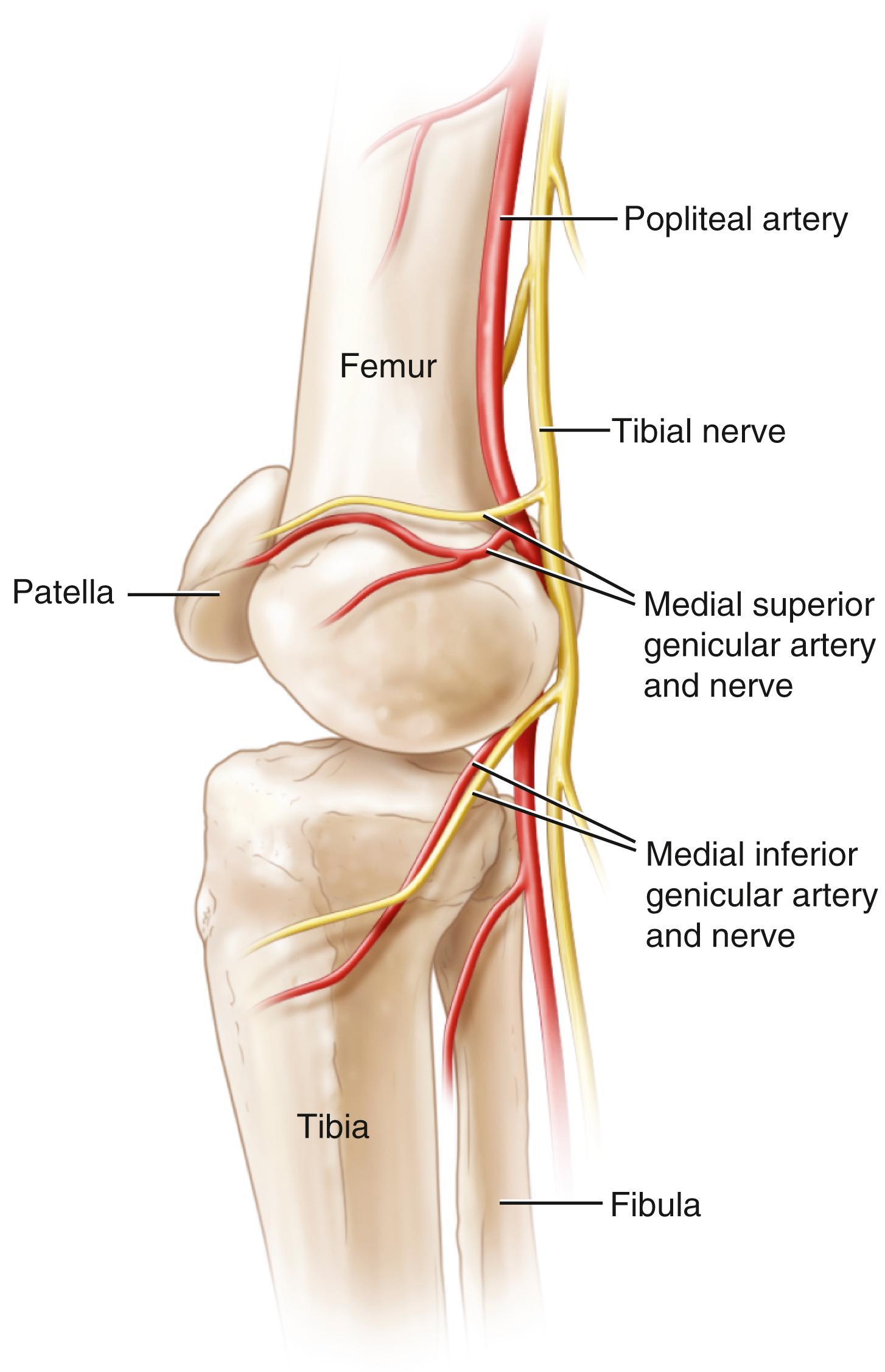Physical Address
304 North Cardinal St.
Dorchester Center, MA 02124
It is estimated that more than 100 million Americans have chronic pain that interferes with their activities of daily living. Chronic knee pain is the second most common pain complaint, exceeded only by low back pain. It is not surprising that knee pain is so common given that the knee joint is susceptible to the development of arthritis from a variety of conditions that all have the ability to damage the joint cartilage. Osteoarthritis of the joint is the most common form of arthritis that results in knee joint pain. However, rheumatoid arthritis and posttraumatic arthritis also are common causes of knee pain secondary to arthritis. Less common causes of arthritis-induced knee pain include the collagen vascular diseases, crystal arthropathies, infection, villonodular synovitis, and Lyme disease ( Fig. 173.1 ). Acute infectious arthritis usually is accompanied by significant systemic symptoms, including fever and malaise, and should be easily recognized by the astute clinician and treated appropriately with culture and antibiotics, rather than injection therapy. The collagen vascular diseases generally manifest as a polyarthropathy rather than a monoarthropathy limited to the knee joint, although knee pain secondary to collagen vascular disease responds exceedingly well to conservative therapy consisting of rest, cold and heat modalities, antiinflammatory medications, physical therapy, and intra-articular injections of local anesthetic and steroid. For patients who do not respond to these modalities, genicular nerve block may provide long-lasting relief without impairment of motor function.

The word genicular means “pertaining to the knee” and is the name given to a group of small nerves that all provide sensory innervation to the joint capsule and internal and external ligaments of the knee joint. The superior and inferior medial genicular nerves and middle genicular nerves are sensory branches of the tibial nerve. The superior lateral genicular nerve and the inferior lateral genicular nerve are sensory branches of the common peroneal nerve. These small sensory nerves are named for the arteries that they accompany as they traverse the knee joint ( Fig. 173.2 ). These arteries are important sonographic landmarks when using ultrasound guidance to perform blockade of the various genicular nerves.

The superior and inferior medial genicular nerves arise in the posterior popliteal fossa. The superior medial genicular nerve is accessible for neural blockade as it passes along the margin of the medial femoral condyle to course anteriorly to the medial knee ( Figs. 173.3 and 173.4 ). The inferior medial genicular nerve is accessible for neural blockade as it passes along the margin of the medial tibial condyle to course anteriorly to the medial knee (see Figs. 173.3 and 173.4 ). The superior lateral genicular nerve is accessible for neural blockade as it passes along the margin of the lateral femoral condyle to course anteriorly to the lateral knee ( Fig. 173.5 ). The inferior lateral genicular nerve is accessible for neural blockade as it passes along the margin of the lateral fibular condyle to course anteriorly to the lateral knee (see Fig. 173.5 ).



The patient is placed in the supine position with a rolled blanket underneath the knee to gently flex the joint. The skin of the entire knee is prepared with antiseptic solution. A sterile syringe containing 8 mL of 0.25% preservative-free bupivacaine and 80 mg of methylprednisolone is attached to a 1½-inch, 22-gauge needle using strict aseptic technique. The tibiofibular joint is identified, and the fluoroscopy beam is adjusted to provide a true anteroposterior image of the joint by ascertaining that the joint space width is equivalent bilaterally.
Become a Clinical Tree membership for Full access and enjoy Unlimited articles
If you are a member. Log in here